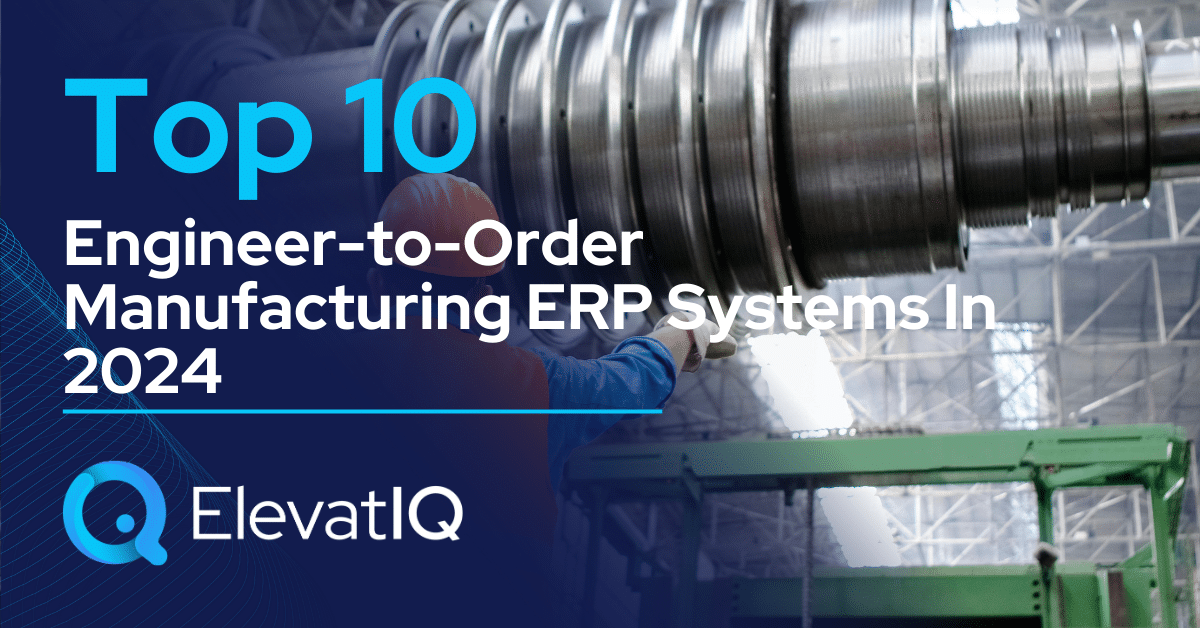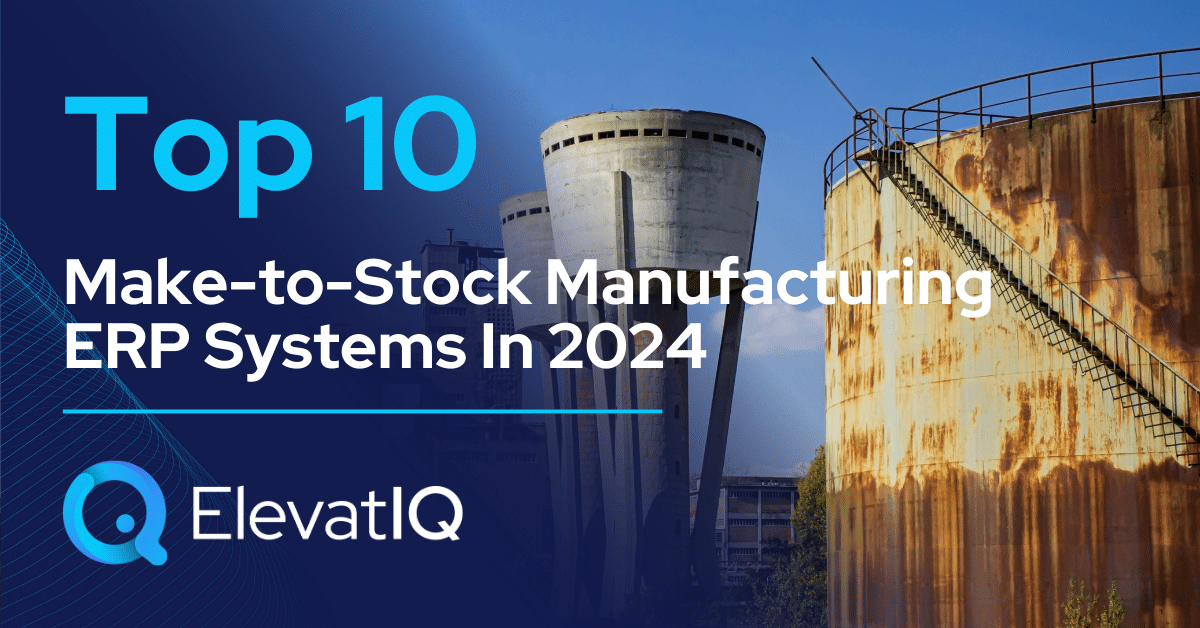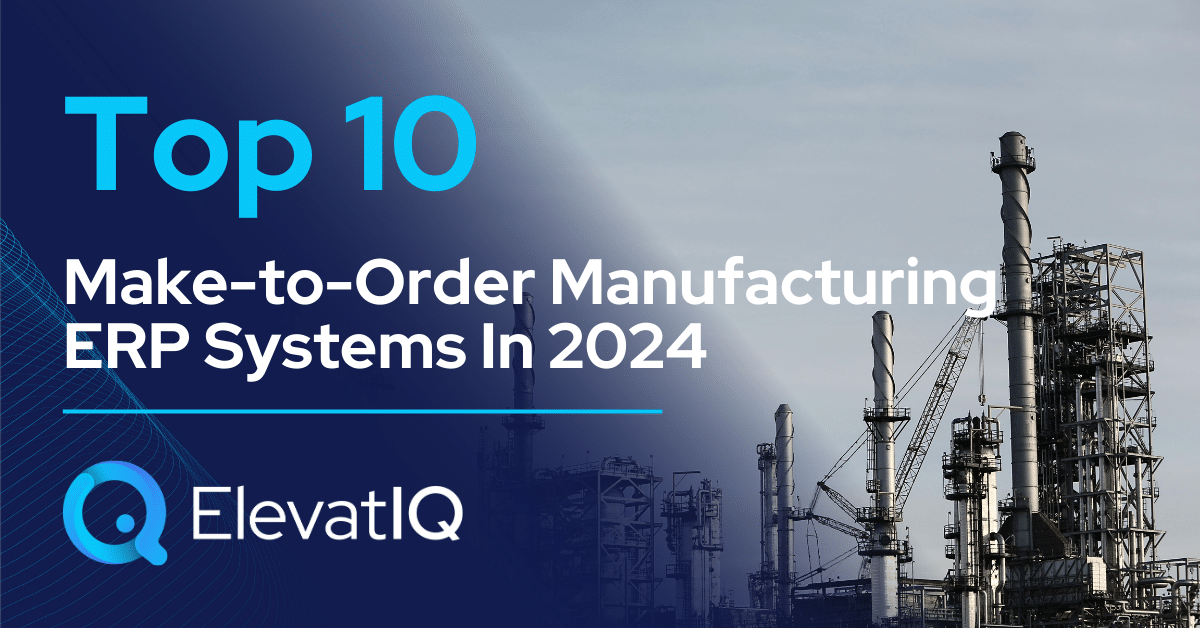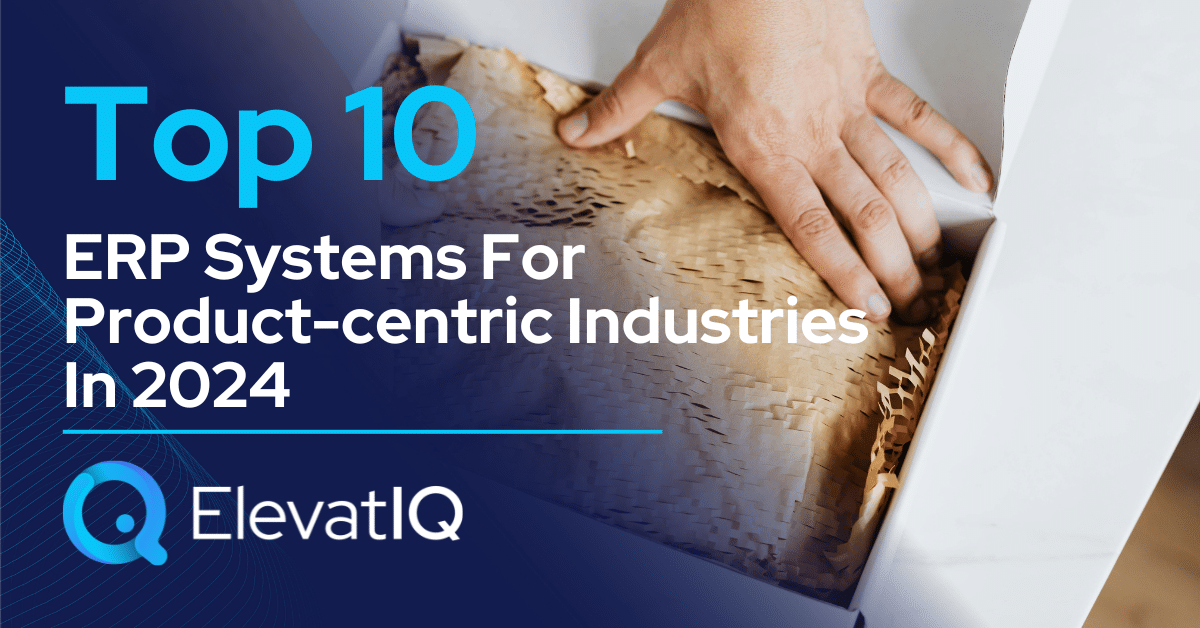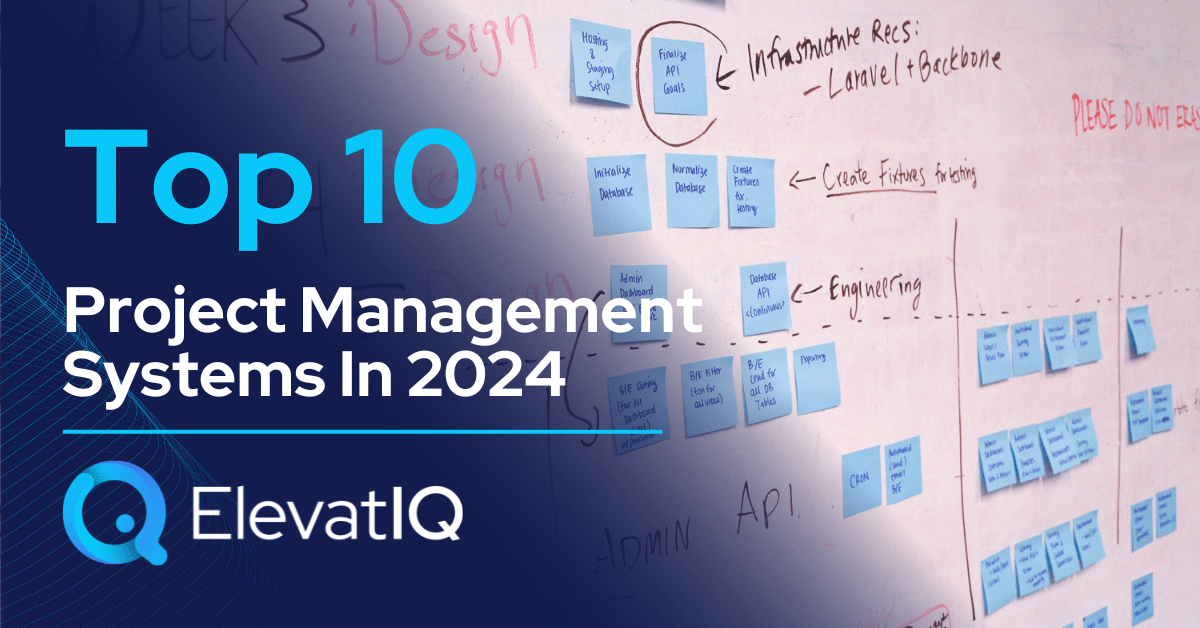The Fastest Growing Cloud ERP
Considering Acumatica as a potential solution? We can help evaluate and implement.
Why Acumatica?
Cloud-native, Unlimited Users, Pre-baked Integration Out-of-the-box
Acumatica is the fastest-growing cloud ERP platform perfectly suited for small- to medium-sized businesses that are exploring an easy-to-use, fully integrated business management suite capable of integrating and automating business processes such as sales, operations, and finance.
Pure Cloud
Unlike other ERP systems, Acumatica ERP was born in the cloud with their system designed using cloud-native technologies. For this reason, Acumatica Cloud ERP has a newer and consistent interface that helps boost your operations’ efficiency, especially on mobile channels.
True Scalability
Unlike other ERP vendors where you will be signing a 3-year contract as you add new users and paying unnecessarily due to these locked contracts if you scale down, Acumatica offers true scalability with their licensing. You can grow with Acumatica without an ERP license being a bottleneck to your growth.
Ease of Use
Acumatica Cloud ERP has been receiving the highest ratings for its usability consistently for several years. Acumatica is also very popular among users who switch from simpler accounting systems such as QuickBooks and Xero, as it is easier to learn.
Flexible Deployment Options
Unlike other ERP vendors that offer only public cloud options or limit you with your choices on storing your data, Acumatica Cloud ERP provides flexible deployment options, including public cloud, private cloud, or on-prem. You can also choose between Azure and AWS, and the location of your data.
Designed for Modern Companies
The other ERP systems might struggle to attract your marketing and design teams’ attention due to their dated feel. With its unique look and feel, Acumatica can impress these teams and beat modern CRM systems in its ease of use and ability to natively integrate with current systems such as marketing automation or salesforce.
Pricing Flexibility
Acumatica cloud ERP uniquely offers several pricing options that reduce your licensing costs, including consumption-based pricing with unlimited users, pricing based on concurrent usage in the cloud, and monthly billing to reduce the upfront investments.
Ownership of Data
Compared to other inflexible ERP vendors, Acumatica Cloud ERP provides its policies in the form of a customer bill of rights. These rights allow you to request your data if you ever want to move to another ERP system. The ownership of data is particularly important with the public cloud option.
Industry Editions
You might need to pay with other ERP systems to develop last-mile functionality such as WMS integration, Point of Sale, or estimation module. Acumatica offers such functionality for several industries, including manufacturing, retail, distribution, construction, and field services.
Thriving Add-on Ecosystem
Acumatica is widely prevalent among ISVs such as SPS Commerce that provide native integration to Acumatica. While Acumatica offers the core functionality out-of-the-box for many sectors, you always have an option to find a plugin for non-critical features through its thriving ISV ecosystem.
No Direct Salesforce
Acumatica only sells through its partners to reduce their sales and marketing spend and instead invest this money in the product’s R&D and innovation. With Acumatica, you have access to a local reseller who will reduce your consulting fee due to their local presence and expertise while receiving superior product updates directly from Acumatica.
Want to learn more about why independent ERP consultants have a higher success rate with Acumatica ERP implementation projects?
Acumatica Pros
This is where Acumatica really shines
Acumatica’s primary strength includes the cloud nativeness of the product, its distribution model, and its pricing. Acumatica is particularly strong in the North American market for the SMBs that might be in the range of $10 mil to $100 in revenue. In terms of the industry, Acumatica is particularly strong in the distribution, manufacturing, construction, and field services industries.
Cloud-native
Acumatica was born in the cloud. So how does it matter? Well, Acumatica uses technologies that are native to the mobile and omnichannel experience. So if you have a lot of field workers that need to use the ERP in the field, it would feel far more native and natural than using the products that are not as cloud-native.
Native and pre-baked integration with eCommerce platforms
eCommerce integration is one of the hardest due to bi-direction updates to the order workflows. The companies that are highly eCommerce driven might need to invest millions of dollars in custom integrations. And even so, the integration might never work. That’s why the pre-baked integration helps reduce the technical and financial risks with the pre-baked integrations.
Ecosystem
Most mid-market products might not have as strong an ecosystem. This factor makes it harder to find solutions for users’ issues in open forums. The issues that these users might face with their daily workflows. Acumatica, while a smaller product, has a vibrant community with strong user group communities.
Strength with Pricing and Discount Functionality
Acumatica pricing and functionality are richer for warehouse-centric operations where the warehouse and location-centric pricing needs to be enforced. This is particularly applicable with businesses where pricing may vary for each store location or channel. Their pricing also contains many layers, offering scenarios such as buy-one-get-one-free or discounts for each customer group.
Test Instances Provided as part of the Subscription
Acumatica bundles data migration and test instances as part of the subscription. Some companies may charge as much as $20 for just one instance. Acumatica, on the other hand, provides several instances as part of the licensing bundle, which helps companies in having multiple environments such as dev, test, UAT, and prod. And be confident with the changes before promoting them to production.
Unlimited Users and Consumption-based Pricing
Unlimited pricing might not be beneficial to every industry. In fact, it might fire back in some cases such as high-volume retail, it could be a great advantage in industries where companies need to employ seasonal workers such as field services and construction. The other products are likely to be more expensive in these industries.
Bill of Materials
Acumatica’s bill of materials functionality has been designed from the ground up for manufacturing operations. Each operation contains its own set of materials, and each production order maintains a separate bill of materials. The other comparable products might struggle with data integrity with their BOMs along with scheduling and planning issues with the downstream processes.
Product Documentation
The products that are primarily supported by the OEMs struggle with the quality of product documentation. Acumatica, on the other hand, only sells through its channel partners. And therefore, the documentation goes through the same scrutiny as would the product itself. Because of this reason, the Acumatica product documentation is superior to other comparable products.
Multi-branch Functionality
Acumatica's multi-branch functionality is especially useful for franchise-centric businesses such as retail and hospitality where these branches might have just the P&L or the balance sheet. These businesses will find it natural to compare the financials of different branches and analyze for sales and operational performance.
Have a follow-up question or comment on Acumatica’s core strengths?
Limited Globalization Functionality
Acumatica is primarily a North American solution. While they have come up with several OEM arrangements in other regions to support them, the other comparable solutions can provide global functionality out of the box without relying on third-party vendors. And if this functionality is a critical success factor for your operations, Acumatica may not be the best fit for your needs.
Acumatica Cons
This is where Acumatica struggles
While the interface is appealing, Acumatica heavily relies on add-ons to augment its core functionality. Some of these add-ons might be OK if they don’t impact the core operational data. But Acumatica will struggle with industries where the core inventory may be entirely different from Acumatica’s data model such as Apparel. Or it may require add-ons for industry-specific functionality such as trade codes with HVAC distributors.
Multi-entity Functionality Not Robust
While Acumatica can support multiple entities, the functionality is still not fully baked as some of the other comparable solutions that can allow deeper financial interactions among entities such as the same part number produced by multiple entities, same part but different results by multiple entities, and centralized bank accounts for entities in different countries.
Weak Mobile Reporting Capabilities
As of today, the shop floor reporting capabilities are significantly limited such as the ability to support each move operations, splitting the labor and machine hours, or kanban or lean operations are limited with Acumatica.
Consumption-based Pricing Not Suitable for High-volume Industries
While your pricing doesn’t increase per user, the downside of consumption-based pricing is that it might increase as the number of documents increases for your company. Luckily, Acumatica does offer pricing flexibility and provides the named user pricing for such companies.
Transactional Workflows Not as Intuitive
Acumatica transaction workflows may not be as intuitive as some other systems such as SAP products or Infor visual. These systems offer far more intuitive workflows as the documents move through functions and departments. They also provide an ability to access the physical documents on the same workflow map.
Limited Complex Manufacturing Features
While Acumatica’s BOM makes it highly suitable for manufacturing operations, the operations that require 3-D configurable products, web integration of products, and backflushing and control centers at the line level, Acumatica might struggle with fine-grained features for industries that care for deeper manufacturing features.
MES Integration Not OEM-owned
Just like eCommerce, the MES integration could be equally complex due to the bi-directional updates to the business objects in both systems, ERP as well as MES. The pre-baked MES owned by OEM might be integrated at the database level and that reduces the risk of maintenance overhead due to the changes in the interfaces. If MES integration is a critical success factor for you, Acumatica may not be the best fit for you.
Limited Industry Editions
While the industry editions are great and support the core industries such as manufacturing, distribution, and construction, they are not enough for deep micro verticals such as HVAC distribution, pharma distribution, and food and beverage distribution. These industries will require a significant number of add-ons on top of the core Acumatica editions.
Not Proven for Larger Workloads
Acumatica is primarily installed at companies with less than $100 million in revenue. And it might struggle with the transactional workloads of larger companies. Acumatica may also not support the approval flows, commitments, or consolidation capabilities for larger companies.
Have a follow-up question on Acumatica’s Weaknesses?
Our Acumatica Videos and Reviews
Manufacturing Playlist
We help select And Implement
Acumatica Industry Editions
With Acumatica Cloud ERP, you get industry-specific functionality for your industry out-of-the-box without expensive customization or add-ons.

Acumatica General Business Edition
This edition is ideally suited for non-inventoried and project-centric businesses such as professional services firms and marketing consultancies. It can support most business processes of a services business such as finance, project management, purchasing, CRM, and reporting.

Acumatica Manufacturing Edition
This edition is ideally suited for manufacturing companies including industrial automation and machinery, medical devices, health and beauty, f&B, and automotive manufacturers. It can support most business processes of manufacturing businesses such as finance, inventory and warehouse management, production and BOM, purchasing, CRM, and reporting.

Acumatica Distribution Edition
This edition is ideally suited for wholesale and distribution companies including industrial, electrical, food, HVAC, and CPG distributors. It can support most business processes of distribution businesses such as finance, inventory and warehouse management, purchasing, CRM, and reporting.

Acumatica Field Services Edition
This edition is ideally suited for field services companies including surveillance and security companies, appliance, janitorial, and building services companies. It can support most business processes of a field service business such as finance, inventory and warehouse management, on-site installations and timesheet management, purchasing, dispatch and scheduling, CRM, and reporting.
Our
Acumatica Services
We are your one-stop shop for all your Acumatica Cloud ERP needs, whether you need assistance in evaluating Acumatica’s capabilities, implementing it as per your business requirements, or extending its capabilities.
Acumatica Purchase Assistance
We have end-to-end capabilities to support your needs for the demo, price quote, or help you compare Acumatica with any other ERP systems.
Acumatica Change and Project Management
We take a very pragmatic iterative approach to change management of Acumatica projects and involve users from day one through hands-on exercises. We also play in role in managing the expectations of top management to ensure that the right party is involved at the right time during the selection and implementation phase.
Acumatica ERP Implementation
Not only we can help with selecting the right Acumatica configuration, we have end-to-end capabilities to implement Acumatica for your business.
Acumatica End User Training
Our implementation services include training your business users on Acumatica. We conduct group or individual training in the on-site and virtual settings. We also have capabilities to create a customized video library or learning management system, along with maintaining it over time as the software changes.
Acumatica Project Rescue, Recovery, And Optimization
50% of the Acumatica projects don't deliver business results, and some cause significant disruptions to the business. If you need help recovering the Acumatica project by analyzing the current implementation and taking interim steps to prevent damages or pivoting strategy, we can help.
Acumatica Data Migration and Third-Party System Integration
We can migrate your proprietary or legacy transnational or master data and ensure that it is successfully imported into the new system. We can also help with integrating any of your proprietary systems or shop floor machines or any of the third-party apps such as CRM, HCM, or BI apps
Check our popular Acumatica blogs
Acumatica Is Strong
With These Industries
Acumatica products provide last-mile functionality out-of-the-box and pre-baked integration for several industries including retail, manufacturing, distribution, field services, and construction.

Retail
The retail companies are unique with their integration needs with the marketplaces, eCommerce platforms, PIM, CRM, and customer experience platforms. These integrations are pre-baked with Acumatica, which is a huge benefit over other solutions that need to be integrated.

Distribution
Acumatica really shines in the distribution space with its pricing and discounting functionality aligned with the distribution companies. Along with offering strong WMS functionality and eCommerce integration out of the box.

Manufacturing
Manufacturing is one of the strongest verticals for Acumatica with deep capabilities for industry verticals such as electronics, machinery, Industrial automation, and cutting tools manufacturing.

Construction
Construction requires unique operational and union reporting capabilities. Acumatica construction edition is designed from scratch for construction-centric firms and offers much deeper operational functionality for construction firms. Along with providing pre-baked integration with construction-centric software such as Procore.

Field Services Firms
The field services firms typically overlap between distribution and field service operations. Acumatica is equally strong with both distributions as well as field services operations that can co-exist in the same product. And that makes Acumatica a strong option for field services companies.

HVAC and Electrical Distribution
These industries require unique coding for the inventory that needs to be updated as the inventory codes get updated by their associations. There are other products in the market that can offer much deeper operational functionality out-of-the-box.

Pharma and Life Sciences
Pharma and Life Sciences verticals require companies to capture NDC codes, both serial and lot numbers for the same product, and DSCSA compliance. There are other products in the market that might be deeper with these industries.
Acumatica Is Not as Strong
With These Industries
These are the industries where other products in the market can offer much deeper operational and last-mile functionality where Acumatica may not be the strongest.

Fashion
Fashion and apparel vertical is unique with its needs for integration with apparel-centric PLM and style and PLU-centric inventory. It also needs support for pricing, costing, planning, and replenishment at the style and PLU levels. Acumatica doesn’t have these capabilities natiavely.

Hospitality
Hospitality is another unique vertical where the ERP system needs to be integrated with the operating system to manage hotel reservations and the operational workflow of individual locations and franchises. Acumatica out of the box would not be suitable for this vertical.

Oil and Gas
Oil and Gas is another vertical that requires customizations due to the unique joint-venture billing requirements. This vertical might also require depth in procurement, finance, and multi-entity functionality. Acumatica out of the box would not be suitable for this vertical.

Media
Media companies are likely to have their own internal assets and custom apps that might drive how they bill their customers. For example, they might have a need for heavy subscription billing and controlled release of digital products. Acumatica out of the box would not be suitable for this vertical.

Non-Profit and Education
The non-profit and education verticals require fund and grant accounting, which requires unique capabilities natively built as part of the product. Acumatica doesn’t have native capabilities to support the needs of non-profit and education organizations. There are other products in the market that are superior for these industries.

Chemicals
Chemical is another unique industry with unique inventory, quality, and traceability requirements. Acumatica out-of-the-box doesn’t have capabilities to support the needs of the chemical industry natively. And may require add-ons to support critical requirements for this industry.

Healthcare
The Healthcare industry has unique processes such as the support for core financial processes of hospitals along with the unique inventory management. This industry also requires integration with healthcare claims-based software. Acumatica out of the box would not be suitable for this vertical.

Logistics and Transportation
Logistics and Transporation is the industry where you have requirements such as driver compensation, fuel measurement readings driving the driver compensation, and billing for your customers. Acumatica out of the box would not be suitable for this vertical.

Telecom
Telecom companies may have very involved asset management and field service workflows, along with deep CPQ and CRM requirements for their sales operations workflows. Acumatica out of the box would not be suitable for this vertical.
Most Recent Questions Our Customers Asked
About Acumatica
An ERP stands for “Enterprise Resource Planning. ” It’s a business management suite that can integrate all business processes of a manufacturer such as production management, BOM, and MRP in one software system. Read more here.
An ERP is a management information system that helps automate your manufacturing processes such as production management, procurement, supply chain planning, and providing real-time insight across processes. Read more here.
Unlike other ERP vendors, Acumatica has been built from the ground up for the cloud-native architecture. It’s also perhaps the only few platforms that offer unlimited users and consumption-based pricing. Because of this reason, it is especially suited for industries where the large majority of workers need to be on the road and in the field and employ seasonal workers such as field services firms.
Acumatica and NetSuite are fairly similar products as they were both born in the cloud. But NetSuite is far bigger in size and localized and globalized in more than 50 countries while Acumatica is still a very North American product. NetSuite has had a lot of success in verticals such as cosmetics, SAAS, and apparel, whereas Acumatica’s product is more aligned towards B2B industries such as distributors, industrial manufacturers, and construction companies.






